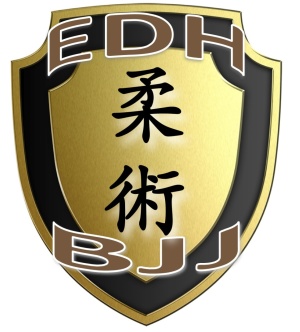In the world of Judo, where the principles of leverage, balance, and timing converge, tomoe nage stands out as a visually striking and effective throw. This technique, often referred to as the “circular throw,” exemplifies the core philosophies of Judo, emphasizing the use of an opponent’s momentum and balance against them.
The Origins and Essence of Tomoe Nage
Tomoe nage, which translates to “stomach throw” or “circle throw,” is one of the original 40 throws developed by Judo’s founder, Jigoro Kano. It is classified under the Ma-sutemi-waza (front sacrifice throws) in Judo, meaning the thrower sacrifices their standing position to execute the technique.
The essence of tomoe nage lies in its simplicity and efficiency. By leveraging the principles of balance and momentum, a judoka (practitioner of Judo) can effortlessly throw an opponent over their head, regardless of the opponent’s size or strength. This is achieved by executing a swift, circular motion that disrupts the opponent’s balance, making them vulnerable to the throw.
Breaking Down the Technique
To execute tomoe nage, a judoka needs to adhere to a series of precise movements:
Grip and Approach: Begin by gripping the opponent’s collar with one hand and their sleeve with the other. This standard grip ensures control over the opponent’s upper body.Breaking Balance (Kuzushi): Pull the opponent forward and downward while simultaneously stepping one foot onto their lower abdomen. This action is crucial as it breaks the opponent’s balance, setting up the throw.Entry (Tsukuri): Drop your body to the mat, ensuring your back is almost parallel to the ground. The leg placed on the opponent’s stomach should be bent at the knee, acting as a lever.Execution (Kake): Extend the leg on the opponent’s stomach and pull with your arms, guiding the opponent over your head in a circular arc. The combination of leg extension and pulling motion generates the necessary force to complete the throw.Follow Through: As the opponent is airborne, maintain control and guide their descent to ensure a clean throw and minimize the risk of injury.
Training Tips for Tomoe Nage
Mastering tomoe nage requires practice and an understanding of timing and body mechanics. Here are some tips to enhance your execution:
Partner Drills: Work with a partner to practice breaking their balance and executing the entry smoothly. Focus on the fluidity of your movements.Controlled Environment: Use crash mats to safely practice the throw, especially when learning to gauge the force and speed required.Core Strength: Develop core muscles, as they play a vital role in generating the power needed for the throw. Exercises like sit-ups, leg raises, and planks are beneficial.Video Analysis: Record your practice sessions to analyze your technique. Compare your form with experienced judokas and identify areas for improvement.
Practical Applications
Beyond the dojo, tomoe nage has practical applications in self-defense scenarios. Its ability to neutralize larger opponents makes it a valuable technique in real-life confrontations. Moreover, it is a testament to Judo’s philosophy of using an opponent’s strength to one’s advantage, highlighting the martial art’s efficiency and elegance.
Tomoe nage is more than just a throw; it is a manifestation of Judo’s core principles. By mastering this technique, judokas can enhance their repertoire, gain a deeper understanding of balance and leverage, and appreciate the art of Judo in its purest form. Whether you are a beginner or an experienced practitioner, the journey to perfecting tomoe nage is a rewarding pursuit that embodies the spirit of Judo.
